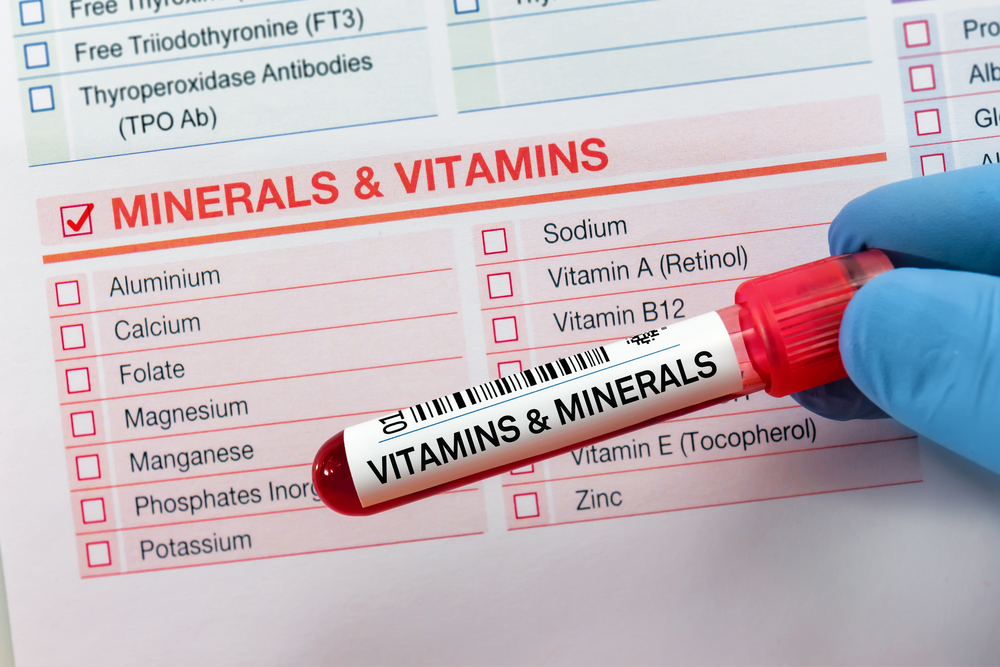Potassium and its Impact on Type 1 Diabetes
Potassium is a crucial mineral known as an “electrolyte” with specific implications for individuals with Type 1 diabetes. It plays a vital role in maintaining bodily functions and can be influenced by blood sugar management.
What Is The Role Of Potassium
Potassium is an electrolyte, an electrically charged particle or ion, utilized by our cells to maintain voltage across cell membranes and facilitate electrical impulses. These impulses include nerve signals transmitted between cells.
Alongside potassium, other vital electrolytes in the body include sodium, chloride, calcium, and magnesium. The kidneys play a crucial role in regulating the levels of these electrolytes.
Why Is It Important To Have Enough Potassium?
Potassium serves several important functions in the body. It aids in nerve conduction, regulating the heartbeat, and facilitating muscle contractions.
Furthermore, potassium helps maintain the balance of fluids between cells and body fluids. In a healthy body, the kidneys effectively regulate the required amount of potassium.
However, individuals with diabetes and kidney disease must exercise caution, as impaired kidney function can disrupt potassium balance. Excessive potassium levels can be just as dangerous as insufficient levels.
Potassium Levels

A simple blood test allows healthcare providers to measure the amount of potassium in the bloodstream. The normal range for potassium is typically between 3.7 and 5.2 milliequivalents per liter (mEq/L). Deviations below or above this range warrant attention and may necessitate further evaluation.
Low Potassium Levels (Hypokalemia):
Hypokalemia, characterized by low potassium levels, can stem from various factors. Dehydration resulting from excessive sweating, vomiting, or diarrhea can lead to reduced potassium levels. Additionally, conditions such as adrenal gland problems, cystic fibrosis, severe burns, and certain medications like diuretics can contribute to hypokalemia.
High Potassium Levels (Hyperkalemia):
Hyperkalemia, or high potassium levels, often occurs due to kidney damage, which is commonly associated with poorly controlled diabetes.
Diabetic kidney disease, also known as diabetic nephropathy, is a significant complication of diabetes that can result in elevated potassium levels. Hyperkalemia can also arise from diabetic ketoacidosis (DKA), a metabolic condition more frequently observed in individuals with Type 1 diabetes.
Other factors contributing to high potassium levels include heart attacks, injuries, infections, excessive potassium supplementation, and the use of ACE inhibitor drugs. Excessive potassium can lead to symptoms such as weakness, paralysis, irregular heartbeat, and even heart attacks.
Diabetics with High Potassium Levels
For individuals with diabetic kidney disease and elevated potassium levels (above 5.2), reducing dietary potassium intake is often recommended. While foods like bananas, cantaloupes, potatoes, tomatoes, and legumes are high in potassium, they can still be consumed in controlled portions.
Salt substitutes and potassium supplements should be avoided unless specifically advised by healthcare providers.
Consulting with one of our dietitians in our clinic is highly beneficial, as they can develop a low-potassium meal plan and provide practical tips. In severe cases (potassium over 6.0), physicians may prescribe medications like sodium polystyrene sulfonate or diuretics to facilitate potassium removal from the body.
Potassium levels are particularly relevant for individuals with Type 1 diabetes. During diabetic ketoacidosis (DKA), where insulin is insufficient and blood sugar levels are high, potassium levels can decrease due to shifts caused by the breakdown of fat for energy.
Conversely, when insulin is administered to manage blood sugar, it can stimulate the movement of potassium from the bloodstream into cells, potentially resulting in hypokalemia.
Close monitoring and coordination with healthcare providers are essential to maintaining proper potassium levels while managing blood sugar effectively in individuals with Type 1 diabetes.
Conclusion

Regular blood tests and collaborative efforts between individuals and our healthcare providers ensure effective management of potassium levels alongside diabetes control. By staying vigilant and addressing any imbalances, individuals can optimize their health and well-being.

For further resources about Potassium and Diabetes
National Kidney Foundation (NKF): The NKF offers resources specifically focused on kidney health and the management of kidney-related complications in diabetes. Their website, www.kidney.org, provides educational materials and guidance on potassium and its impact on kidney health.
Diabetes Self-Management: This website offers practical information and resources for individuals living with diabetes. They cover a wide range of topics related to diabetes management, including nutrition and potassium. Access their resources at www.diabetesselfmanagement.com.
American Diabetes Association (ADA): The ADA provides comprehensive information on managing diabetes, including resources on nutrition and potassium intake. Visit their website at www.diabetes.org for valuable insights.


